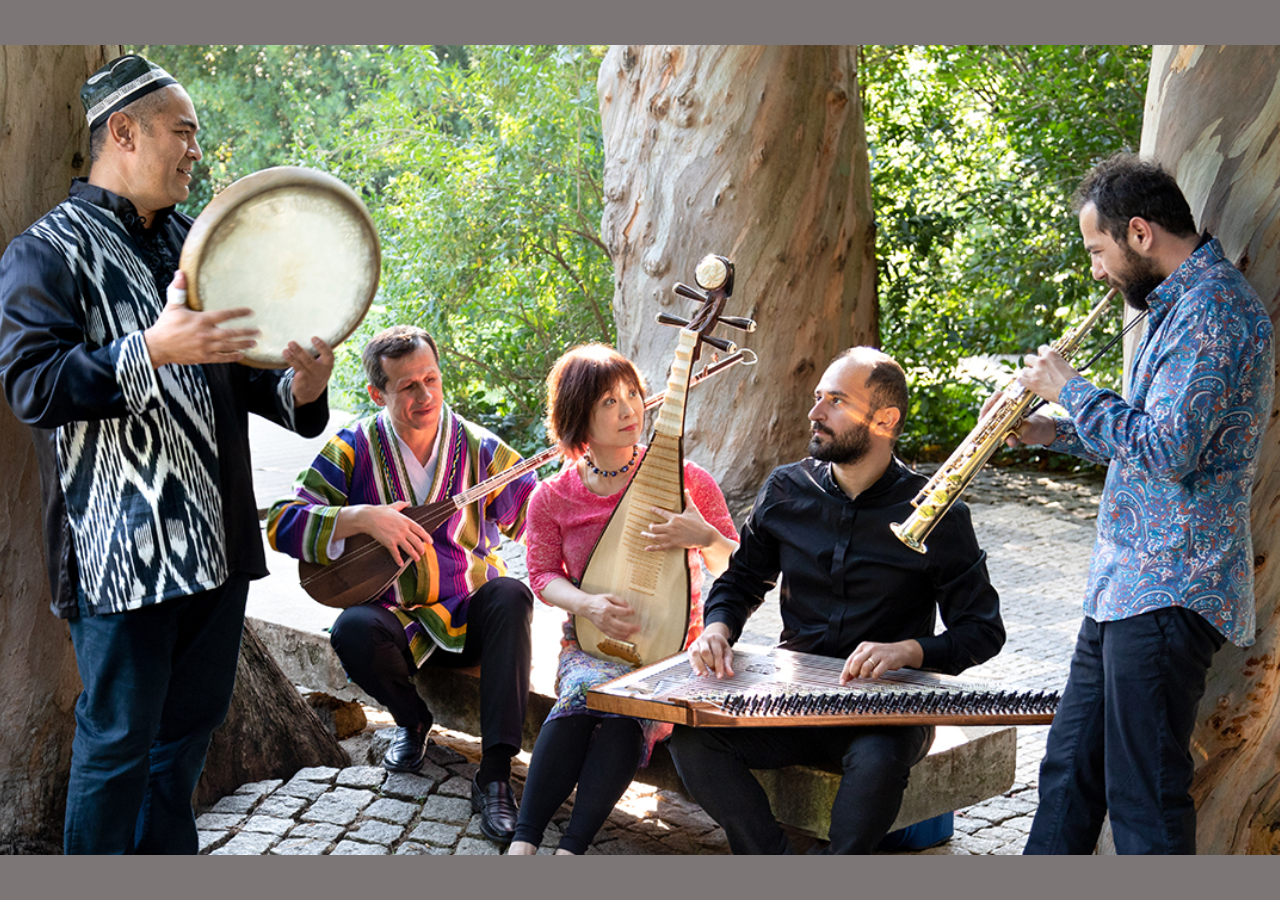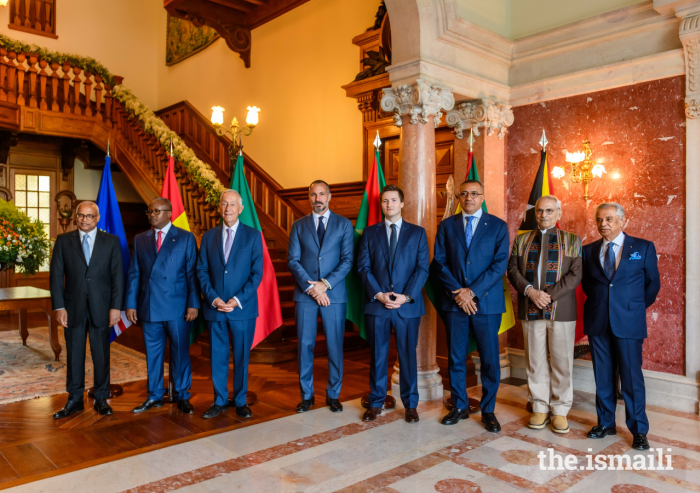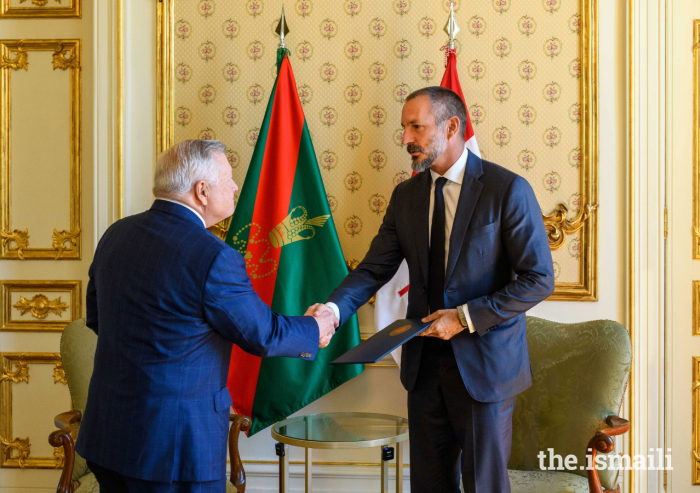Born out of the Aga Khan Music Programme's mission to safeguard and strengthen cultural heritage through music, the album draws on diverse traditions from Central Asia, China, the Middle East, and North Africa, creating a vibrant harmony of sounds that seamlessly blend old and new.
The group’s six members – Wu Man (pipa), Basel Rajoub (saxophone and duclar), Feras Charestan (qanun), Sirojiddin Juraev (dutar and tanbur), Jasser Haj Youssef (viola d’amore), and Abbos Kosimov (percussion) – showcase their talents on Nowruz, accompanied by guest musician Levent Yıldırım on doholla for one track.
Following its release late last year, the album reached number one on the World Music Charts Europe in February 2024, a testament to its broad appeal and unique blend of folk, jazz, and classical influences.
Songlines, a UK-based world music magazine, wrote: “It’s thrilling to have a group of (largely) traditional instruments playing new music that is inventive and attractive.”
“Nowruz offers a wonderful example of how intercultural collaboration can ignite musical curiosity and imagination,” said Fairouz Nishanova, director of the Aga Khan Music Programme. “The album is the culmination of a long creative process in which the artists learned from one another with the aim of becoming conversant in a different musical language.”
The roots of AKMM stretch back to 2013, when the Aga Khan Music Programme envisioned a project that would celebrate “East-East Fusion” bringing together gifted musicians from historically connected regions, encouraging them to converse in their distinct musical languages. The diverse backgrounds of the group’s members add a layer of richness to their music.
A standout track, Jul Dance led by Feras Charestan, exemplifies this blend of influences. Inspired by Swedish folk music, Charestan composed the piece as a reflection of his new life in Sweden, combining elements of Syrian music with the square 2/4 beat characteristic of Swedish folk music. The collaborative process involved sharing melodic themes with fellow ensemble members, resulting in a unique arrangement that captures the essence of the group’s musical pluralism.
Charestan's other composition on the album, titled Awdeh (or “return” in Arabic), pays homage to his Syrian roots, expressing nostalgia for the homeland he left. The piece evolves into a delicate, ballad-like exploration of maqam, a classical music form cultivated in the Middle East, North Africa, and Central Asia.
Meanwhile, Wu Man's composition, Teahouse, adds a different flavour to the album, paying homage to the traditional silk and bamboo ensembles played in teahouses in her hometown in Zhejiang Province, China. The integration of pipa and qanun creates a beautifully harmonised timbre, showcasing the natural synergy between the two instruments, which have ancient roots in Persian and Chinese musical traditions, respectively.
But Nowruz is more than just “fusion music” or a cross-cultural jam session, explained Ted Levin, senior advisor to the Aga Khan Music Programme.
“At its root, it’s an experiment in musical pluralism in which each artist approaches the music of their fellow band members with an eagerness to embrace new sounds and sentiments and, in so doing, expand their own musical world,” he noted.
“[The artists] hope for their music is that it will encourage others to seek out their own path to pluralism by learning to savour the music of other times, places, and cultures and what it has to tell us about our collective humanity.”
—
Nowruz is available for purchase or download on the Smithsonian Folkways website as well as on major streaming and download platforms.








